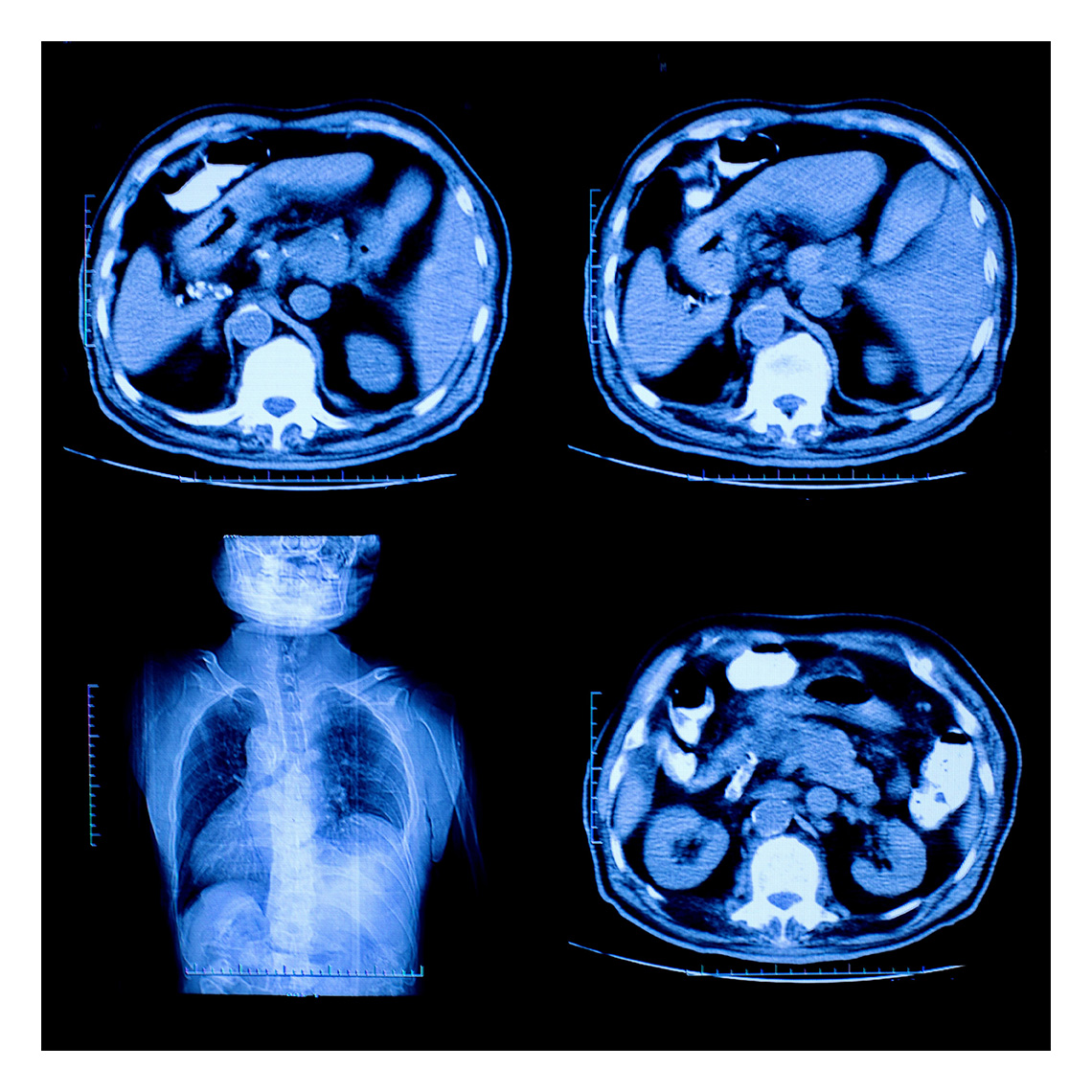Newsletter
Too Good to Be Untrue
Oct 29, 2020
“Fake news,” “alternative facts,” “truthiness,” and other derisive terms that have joined our lexicon, mark an era when many political figures work hard to dispel verifiable facts as falsities or dismiss credible data as numeric manipulation. One possible upside to those semantic antics is increased scrutiny of information reliability. We’re all doublechecking our work.
The use of medical malpractice data to guide decisions related to medical practice has been scrutinized since such research first achieved publication and public discourse. Findings that supported an uncomfortable message about patient safety were challenged as too few, too old, too subjective with too many zebra—or even unicorn—cases. Some of the criticism was diversionary: defensive health care providers were more comfortable attacking the method than addressing the message.
As the field of safety science matured, so too did the data and the analyses. Rather than aiming at the messenger, audiences took on the exposed problems and instituted improvements that reduce the risk of patient harm during the delivery of health care.
But progress doesn’t merit complacency, especially when even the most fundamental facts and reliable sources draw scrutiny. For those working to improve patient safety, it is worth reviewing the data that drives the evidence-based work undertaken by medical professional liability insurers and the health care systems they cover.
The Three Top Sources of Medical Professional Liability (MPL) Data
The National Practitioner Data Bank is used by 24,000 entities to submit to and query MPL cases closed with a payment on behalf of a named individual.
The Data Sharing Project contains 35 years-worth of MPL cases naming physicians and dentists as provided by MPL Association members.
CRICO’s Comparative Benchmarking System (CBS) represents 30% of all U.S. malpractice actions naming physicians, hospitals, health care networks, and their employees. This repository of more than 450,000 MPL claims and lawsuits includes open cases, cases closed without payment, and cases closed with payment. Both clinical and financial information is collected and coded. Coding is conducted by clinical coding analysts who have patient care experience and access to:
- The patient’s medical record
- Medical expert reviews
- Defendant interrogatories*
- Defendant, plaintiff and medical expert depositions,* and
- Courtroom testimony.*
The coders employ an exhaustive taxonomy, including the one-of-a-kind contributing factors. Analyses generated by CRICO and other insurers who submit cases to the CBS database are conducted by data scientists using advanced tools and modeling to not only uncover what went wrong (and why), but also to predict future risks and exposure.
It’s big data, and it’s real news.
*Contingent upon the case trajectory
Additional Materials
Latest News from CRICO
Utilization of Electronic Health Record Sex and Gender Demographic Fields: A Metadata and Mixed Methods Analysis


The Safety of Outpatient Health Care

